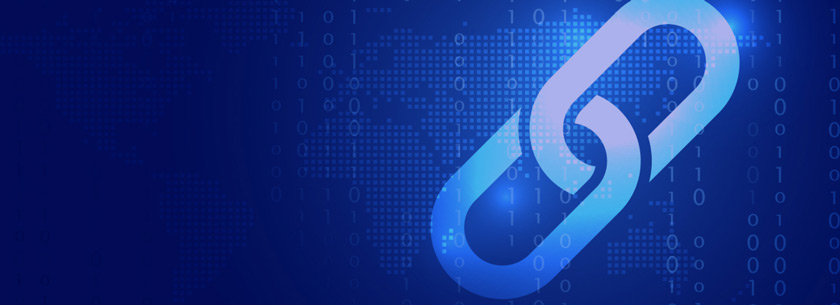
A supply chain is a collection of people and organizations involved in providing an end user with certain services and goods. Typically, it includes suppliers of raw materials, processing facilities, logistics companies and retailers.
The main objective of such a chain is to ensure uninterrupted, clear and well-tracked deliveries. Alas, the integration of various participants into one common scheme often encounters serious difficulties, which leads not only to time delays, but also to an increase in various expenses. All this leads to an increase in the cost of goods for the end user.
Blockchain technologies offer a solution to this problem by creating a single supply chain network where new methods and principles for recording, transmitting and exchanging data and goods will be implemented.
Blockchain technology benefits
- Transparency and immutability. The blockchain can be used to record data regarding the location of materials, products and goods. Each network member can quickly get this information and, if necessary, track movement routes if global positioning sensors are connected to the blockchain system. In addition, the existing entries cannot be changed without the consent of all validator nodes. Or they cannot change at all if the network architecture does not allow it.
- Cost reduction. Understanding of the precise location of goods will at least optimize the movement period for rapidly deteriorating products and resources — a lower reject rate, less compensation. Due to automation, there will be no need for excessive control — this will also positively affect the cost. And cash transactions will be much easier and faster.
- Compatibility. A single database running on a standardised protocol greatly facilitates the integration of new nodes into the network. It simplifies the data exchange process and ensures compatibility and interoperability of local databases.
- Alternative to Electronic Data Interchange (EDI). Many companies use this system, but it doesn’t work very effectively in real time, so the information may be late. The blockchain allows you to transfer the necessary data almost instantly. Only some delays may occur in very large networks.
- Digital agreement. It takes time and resources to process paper documents. Unique digital signatures in this regard are much more convenient. In addition, each participant can verify the authenticity of these documents at any time.
Cons
- Hard to implement. Modern supply chains do not go well with the blockchain technology. In fact, it is about creating new ways to interact from scratch. It is expensive, complicated and time consuming, so this project will require reallocation of available resources. And it is unlikely that someone will take such a bold step without guaranteed benefits.
- Hard to communicate. All participants in the supply chain must be connected to the blockchain. And not everyone has the resources and desire to do so. In addition, the transparency of the blockchain complicates the misuse of funds and prevents corruption, which is a flaw for some companies and individuals, rather than an advantage.
- Hard to comprehend. When the system is implemented, it is necessary to train each employee to use it effectively. It means organizing courses, spending time, money and resources. Not all companies have this opportunity.
Conclusion
Blockchain technologies greatly facilitate the process of exchanging information between individual companies, which has already been proven in practice. However, the active use of these technologies is just the beginning — only a few large organisations were able to successfully implement and use them. However, the benefits of more efficient logistics, reporting, production and control are obvious. So in the near future, more and more companies will switch to the blockchain technology.




